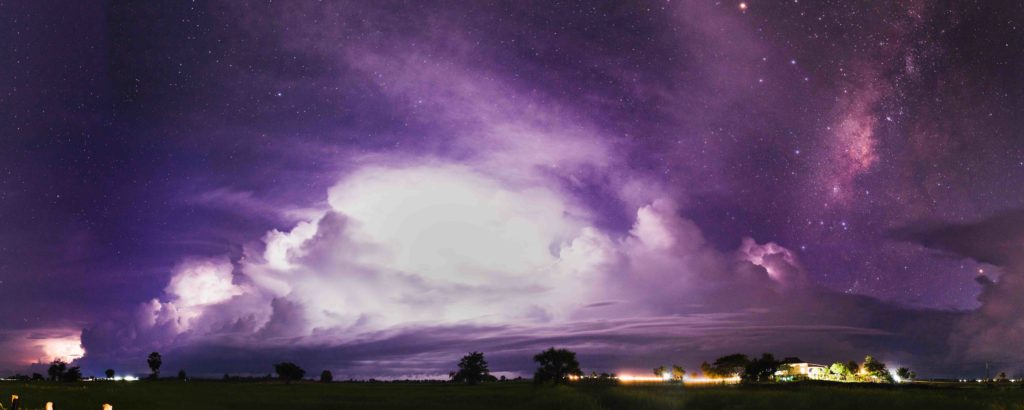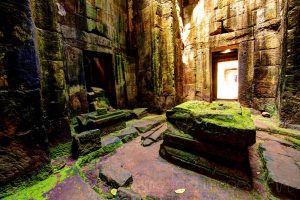


Rain season Cambodia – Photography
Thinking of coming to Cambodia but it’s rain season, don’t worry, it’s the best time to visit.
The rain season starts with the onset of the south westerly monsoon in May, running through to November, Bon Om Tuk (Cambodia’s water festival) marks the end of the rains. Peak rainfall is in September and October, which is also the lowest months for tourism, and the best time to visit.
The rains bring the best out in the temples, vivid mossy greens come back in abundance, the whole park is lush. The occasional storm clouds make for an ideal photography tour. You may also get unexpected pools of water giving reflections of Angkor temples not normally seen. Some of the best shots are in the late afternoon when the sun strikes a temple from the western horizon, giving it a golden glow under a storm cloud (some luck is required), an unforgettable scene.

Unexpected reflections
If your worried about getting wet, on our tours theres normally shelter near by. The downpours are often short, and clear the air. A dry bag may be of help when you are traveling with a camera. Once out of the rain, get your camera out of the bag and let it breath as humidity is not good for high tech gear.
One thing that guests often overlook is condensation. If you wear glasses and walk in from a cold day to a hot environment, your glasses will be covered with condensation until they reach close to room temperature. This temperature is known as the ‘dew point’, as indicated on most weather sites. Condensation occurs with camera lenses too, especially when going from an air-con environment to a tropical one. So get your cameras out and let them warm to the ambient temperature, and your sunrise at Angkor will be clear.

Vivid colours in rain season (some HDR photography)
The monsoon brings with it some spectacular storms. A recent project of mine is to time-lapse rainy season subjects, that achieved some great results. I will follow this article up with the technical side and results of this soon.
Storms come and go in quick succession, leaving most of the day dry. The chances of a good sunrise increase with a bit of cloud. Predicting the weather is quite difficult here in Siem Reap. We have the south westerly winds from India. The storm clouds often break up hitting the coast in the south but can reform over the hot lands and the Tonle Sap. In addition to this, typhoons come in from the east. They seldom get here, causing most problems in the Philippines & reduce in strength when reaching land in Vietnam. However, the winds that cause these storms from the north east are unpredictable. Cambodia does have an online radar so the actual rainfall can be seen and is updated every every 15 min, which is a handy forecaster.
It can be spectacular out in the paddy fields watching these natural phenomena,time lapse photography only adds to the intensity of the subject. A bonus is that you are in a naturally Khmer environment and to see fishing by torch light in the paddies is a wonderful cultural and photographic experience. If you do venture out to photograph the storms, remember your own safety first with regards to lightning and changing water levels,these storms do,however,bring about some quite amazing results.
‘Monsoon Cambodia’ should be online by the end of the year. Ironically the final locations are not yet reachable due to the rains!
